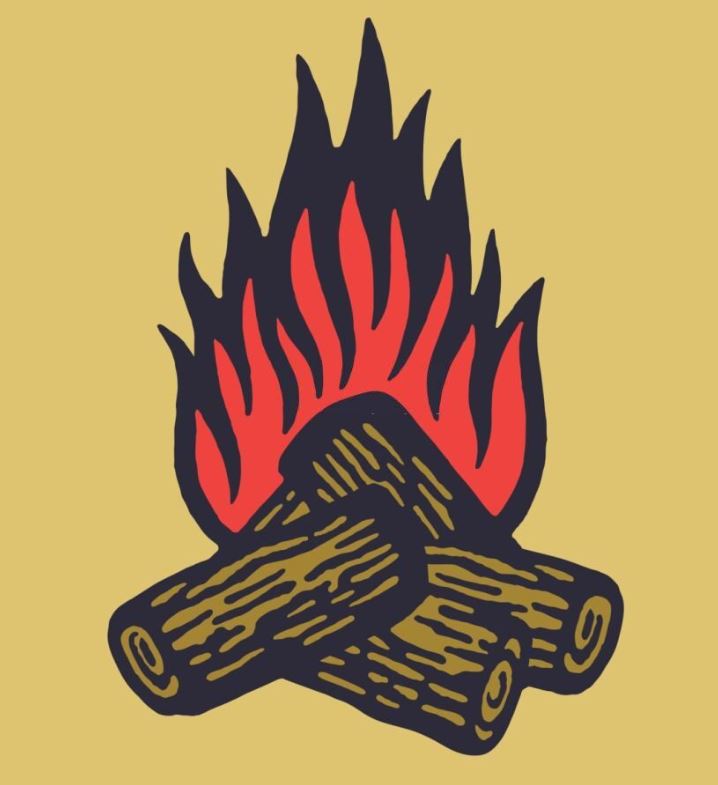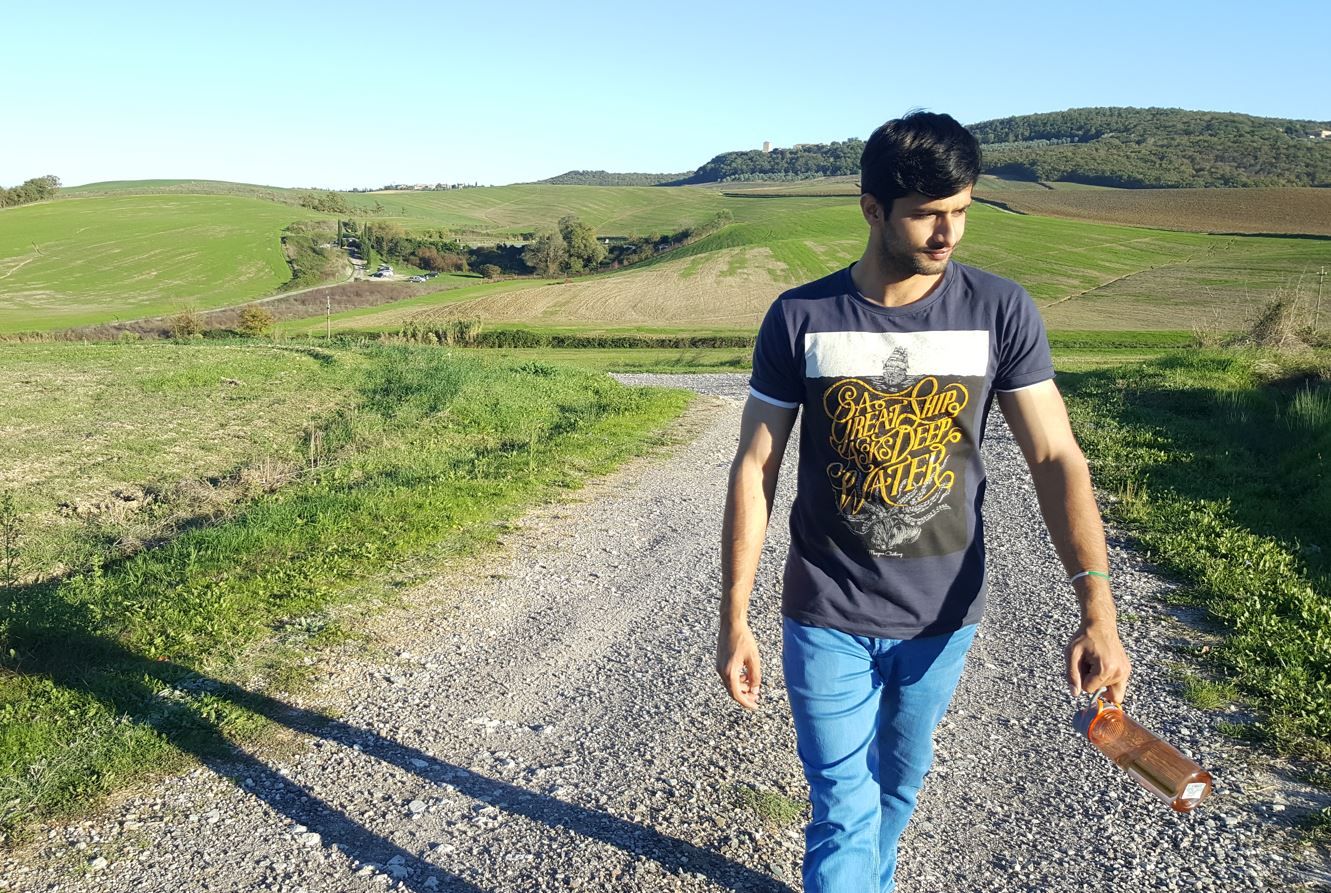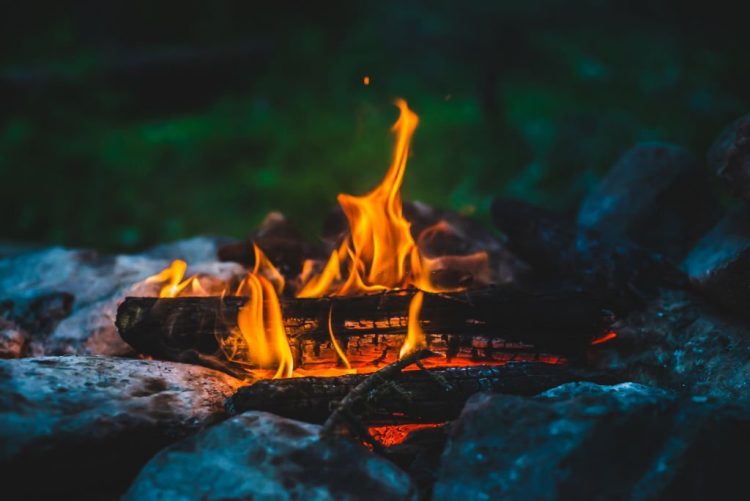Campfires are often associated with camping, hiking, and other outdoor activities, and they provide warmth, light, and a place to cook food. Everyone loves to spend time by a campfire on a cold starry night. But the main question is, how much wood do you need for a campfire?
If you are new to the outdoors, you’ll have a hard time figuring out the quantity of wood to carry with you. Well, the answer to this question depends upon how long you plan to stay outdoors and what activities you are going to perform there.
Quantity of Wood for a Campfire
As I’ve said earlier, this usually depends upon a lot of factors. However, here is a general estimate of the amount of wood needed for a campfire that lasts for different durations:
| Campfire Duration | Pieces of Wood | Length/Diameter of Wood |
| 1 Hour | 3 to 5 | 12 to 18 inches in length / 2 to 3 inches in diameter |
| 2 Hours | 7 to 10 | 12 to 18 inches in length / 2 to 3 inches in diameter |
| 3 Hours | 12 to 15 | 12 to 18 inches in length / 2 to 3 inches in diameter |
| 5 Hours | 20 to 25 | 12 to 18 inches in length / 2 to 3 inches in diameter |
Again, these estimates can vary based on the factors mentioned earlier, so it’s important to adjust the amount of wood based on the specific circumstances. Additionally, always use sustainably sourced wood and follow any local regulations and fire safety precautions.

Factors to Consider Before Estimating the Quantity of Firewood for Camping
Before you proceed, there are a lot of factors that you need to consider in order to take the right quantity of firewood on a camping trip.
Duration of the Campfire
The duration of the campfire is an important factor to consider when estimating the quantity of wood needed. A longer campfire will require more bundles of wood. You can get an estimate from the table that I’ve shared above in this article.
It’s always good to get an extra bundle of wood with you if you are staying outdoors for a longer period of time.
Number of People
The number of people attending the campfire will also determine the quantity of wood needed. If you are out there in a large gathering, then you’ll need to burn more firewood than the normal quantity.

Most of the time, you will be consuming wood for preparing meals or to keep yourself warm from the cold weather. If you are traveling in a group of 10 to 12 people, then surely you’ll consume a lot of firewood.
But if you carry a portable camping stove with you to prepare your meals, then you will need extra wood for that as well. I highly recommend going with water-add meals that are easy to prepare and don’t require a lot of fuel wood.
Type of Firewood
Different types of wood burn at different rates and produce different levels of heat. Softwoods like Pine and Spruce burn faster than hardwoods like Oak and Maple.
Softwood burns easily but quickly, therefore you will need a large volume of softwood to keep the campfire going. Hardwood on the other hand is denser than softwood, so it burns for a longer period and produces more heat.
So, if you are liting the campfire for a short time, then I’ll recommend taking with you Pinewood or Spruce wood. Meanwhile, if you planning to stay for a long time outdoors or if you are planning for a campfire at night, then better opt for Oak or Maple wood.
| Wood | Type Hard/Soft | Burning Grade |
| Apple | Hard | Good |
| Cedar | Soft | Low |
| Cherry | Hard | Good |
| Pine | Soft | Low |
| Spruce | Soft | Low |
| Oak | Hard | Good |
| Walnut | Hard | Low |
| Poplar | Soft | Poor |
| Pear | Hard | Good |
| Maple | Hard | Good |
| Hazel | Hard | Good |
The energy output of wood is measured in BTU (British thermal unit), which is the scale to measure the heat content of fuels and relevant energy sources. The higher the BTU of a particular wood, the more heat energy it will produce as you burn it.
I’ll recommend you go with Hard Maple wood which is easy to burn and has a high BTU count of 23.7 on the scale. You can also count on Oak wood which burns slowly and has a long-lasting heating effect.
Weather
The temperature of the surrounding environment can also influence the amount of firewood you may require on a camping trip. You will need a lot of wood on a cold snowy night than you do on a warm summer night.
In a hot humid environment, the only reason for liting up the campfire is to cook something or to prevent insects away from your tent. Whereas in areas with harsh winter weather, you will need a lot of warmth even in the daytime.

If the weather is wet or humid, it’s best to use dry hardwoods like Oak, Hickory, or Maple, as they burn hotter and longer than softwoods like pine or spruce.
Dry hardwoods also produce less smoke and ash, which is important for maintaining good air quality and minimizing the impact on the environment.
On the other hand, if the weather is dry or hot, it’s best to avoid using hardwoods and instead use softwoods like pine or spruce, as they ignite quickly and produce a hot flame that can be easily controlled.
However, keep in mind that softwoods burn faster and require more frequent replenishing of wood.
Local Regulations
It is important to check local regulations to ensure that you are allowed to have a campfire in the first place. Some areas may have restrictions on the size of the fire or the type of wood that can be used.

For people living in the United States, before traveling to a forest in a certain district, they must know if there are any restrictions on starting a fire. You can get help from this document issued by USDA Forest Service.
Precautions Before A Campfire
When building a campfire, it’s essential to take safety precautions to prevent wildfires and protect the environment. Make sure that campfire is permitted by the local authorities in that particular area.
Always clear the dry grass, leaves, or any hanging branches nearby that can catch up the fire. It’s a good practice to stay at least 25 meters away from the structure or a tree that can easily get burned.
Avoid liting up the campfire on a windy-dry day. By doing so, there are higher chances of triggering a forest fire.
Always attend the campfire and never leave it for a longer period of time. Make sure to start a small campfire, so that it’s easier to control in case anything goes wrong.
Try to keep a bucket of water, dry sand, and a shovel to put out the fire if it spreads or if you want to leave the camping site.
Conclusion
As a first-timer, it’s hard for you to decide the quantity of wood you need to start a campfire. Make sure you take into account all the factors that we have listed in this guide before buying firewood.
I believe that the wood quantity table in this guide will help you a lot in carrying the amount of wood you need for a memorable campfire.
But I also advise you to keep an eye on the weather conditions, duration of the campfire, and most importantly the area in which you are planning to have a campfire.
Always go for hard dry wood as it will last longer and keep you warm in cold and wet weather.

Hi, I’m Masab Jamal, the founder and head editor of this blog. I love to spend most of my time in the wilderness. Apart from camping and outdoor life, I’m a full time blogger.

